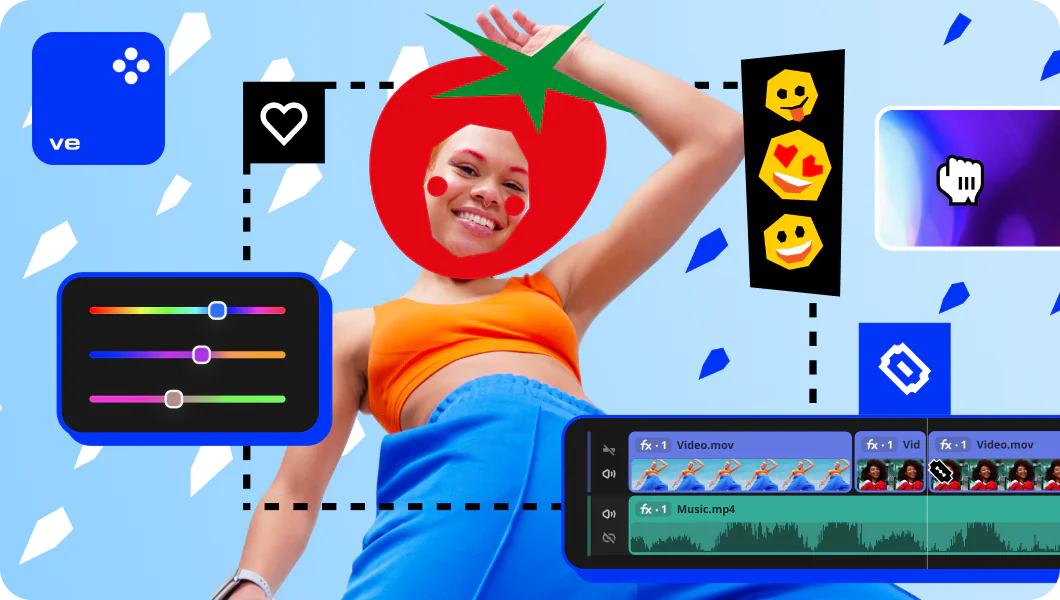Of course, no great family movie is complete without a soundtrack! The best video editing programs will give you the ability to add additional audio tracks to your video clips, so you can add your favorite music or include a voiceover of a video sequence that doesn’t have any sound or dialogue.
This feature can really make a video feel complete, but where can you source the music for your videos? If you’re just planning on watching your movies with your family and friends, you can add any music you want from your library. However, if you want to share your videos online, you should be aware that many platforms will restrict your video or mute it if it includes copyrighted music.
To avoid that hassle, you can find royalty-free music from several sources online, including SoundCloud, YouTube Audio Library, and AudioJungle. Just make sure that you check if the music you want to use is licensed for public non-commercial and/or commercial use before you get too far into the editing process.


